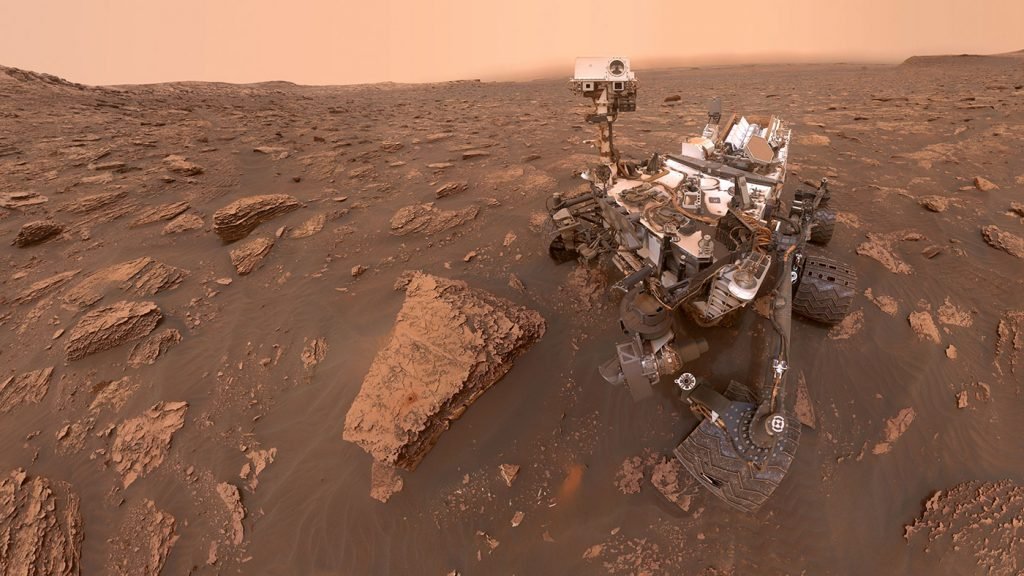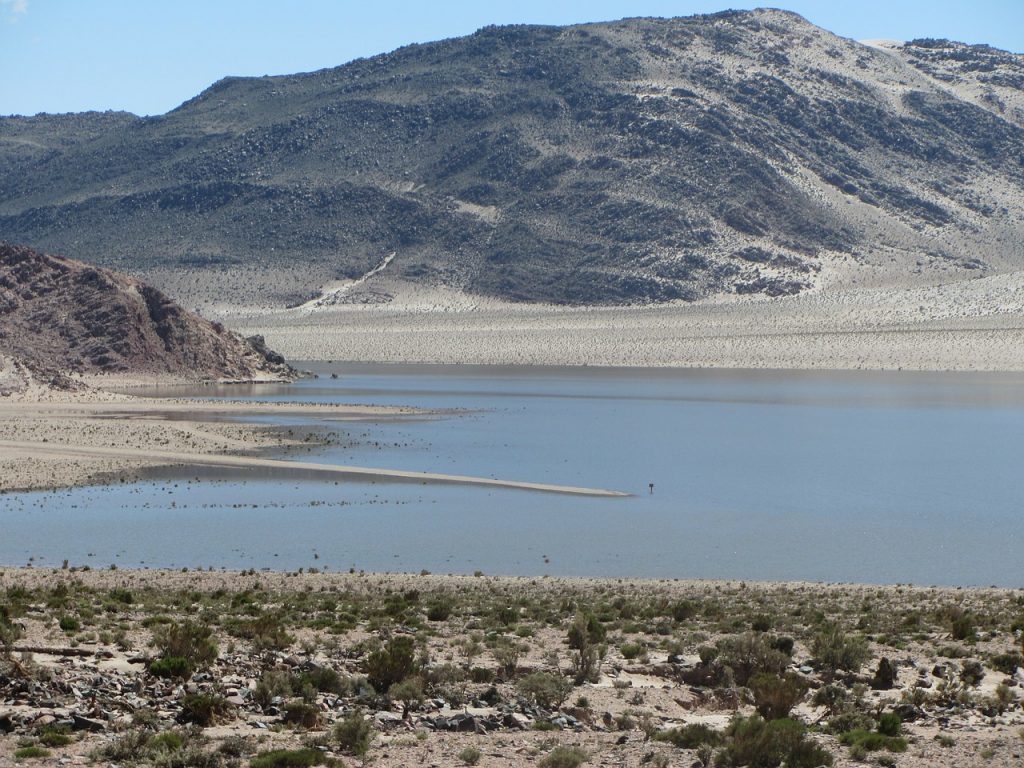Finding life on other planets has been in the news lately. With NASA’s Curiosity Rover finding signs of an Oasis with a base of 150 Kilometer wide crater recently, this could mean there was or maybe is life on Mars.
With a surface consisting of minerals containing silicon and oxygen, metals, and other elements that typically make up rock, the latest studies on discoveries made by NASA’s Curiosity Rover says the possible presence of an oasis billions of years ago.

The rover has been exploring Gale Crater on Mars when the discovery of the ancient oasis has been made. Streams might have laced the crater’s walls, running toward its base.
Imagining history in fast forward, you’d see these waterways overflow then dry up, a cycle that probably repeated itself numerous times over millions of years.
The Gale Crater is the leftover geological formation from an impact that changed the surface of Mars. With time, water and wind filled in the crater and the hardening sediment, creating the Mount Sharp geological formation that the Curiosity Rover is scaling right now.
The Rover is taking samples of each layer as it climbs and sending that data back to reveal new information about the environment on Mars over time, NASA said.
Lead author William Rapin of Caltech stated: “We went to Gale Crater because it preserves this unique record of a changing Mars,”. “Understanding when and how the planet’s climate started evolving is a piece of another puzzle: When and how long was Mars capable of supporting microbial life at the surface?”
Back In 2012, Curiosity Rover first landed on Mars, discovering salts across a sedimentary rock section of height around 500 feet.
The “Sutton Island” salts suggest that water had collected in pools across the formation in addition to the intermittent very dry periods that the scientists had already discovered.
Rapin suggested that geological formation is somewhat similar to the salt lakes in South America’s Altiplano if you want to have an idea of how they may have looked. Streams and rivers flowing from mountain ranges lead to similar basins as the Martian terrain. And those lakes are similarly influenced by climatic changes.

Curiosity Rover will be investigating the rock structure for its upcoming missions and see if they are formed in drier conditions, which may mean a new phase of development for the crater.
We don’t know if there has been life on Mars or not, but the recent discoveries sure lean towards the possibility of life on the Red Planet.
Now that you’ve read about the Curiosity Rover, read How China is planning to install its own moon?









